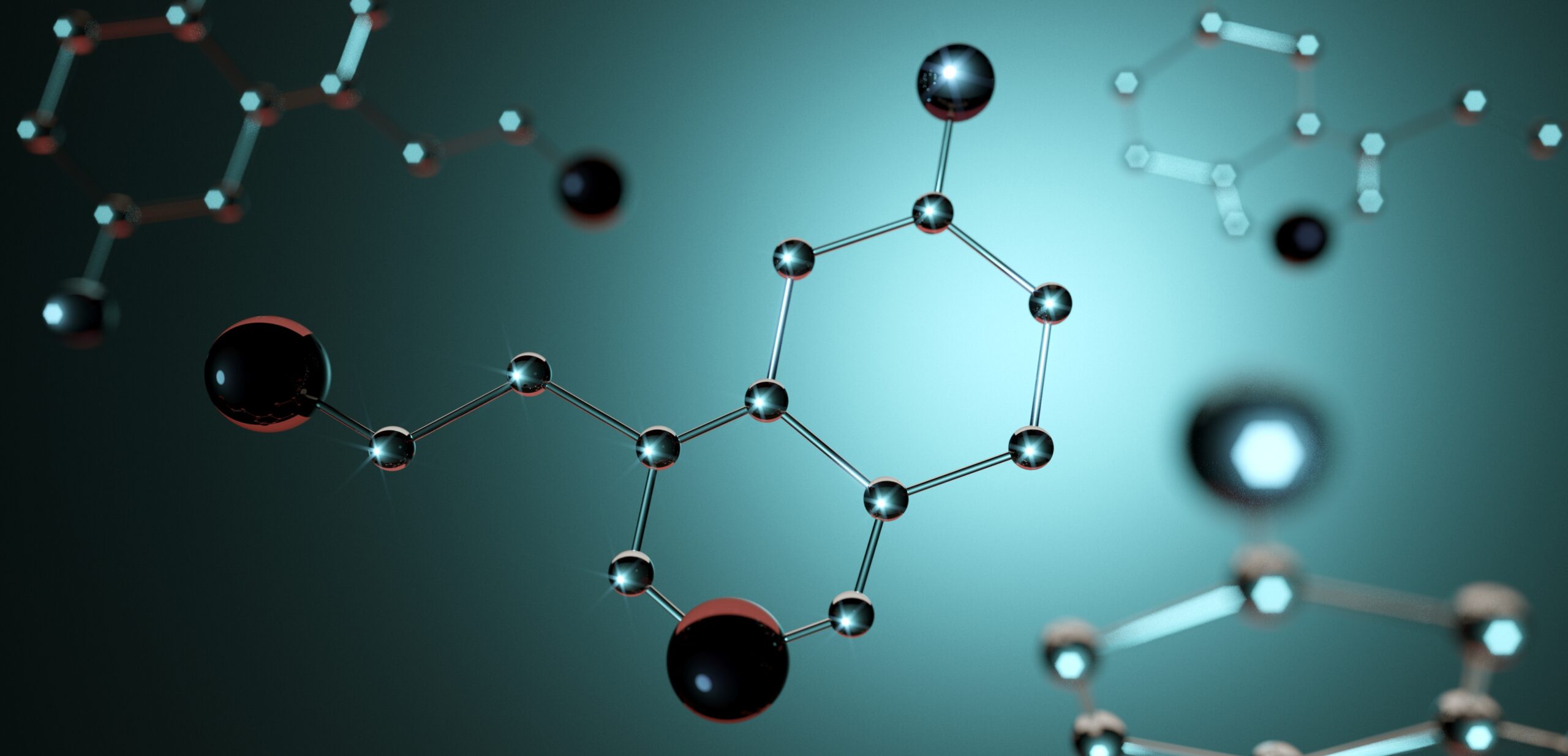Metabolism is a crucial process that occurs within all living organisms and is necessary for sustaining life. Nicotinamide adenine dinucleotide (NAD) and NADH, the reduced form of NAD, are two molecules involved in many cellular metabolic pathways and are key components of the energy production process. This article will talk about the differences between NAD vs. NADH and the roles they play in metabolism. Keep reading to learn more.
What roles do NAD and NADH play in metabolism?

NAD and NADH are coenzymes that play critical roles in metabolism. Both forms of the molecule are involved in redox reactions, which transfer electrons from one molecule to another. NAD is the oxidized form of the molecule, while NADH is the reduced form. This means that NAD is a carrier of electrons, which can be passed to other molecules during metabolic processes. NADH, on the other hand, is a storage form of energy that can be converted back into NAD when energy is needed by the cell.
Both NAD and NADH play essential roles in glycolysis, the citric acid cycle, and the electron transport chain, which are central metabolic pathways in cellular respiration. In glycolysis, NAD is involved in the conversion of glucose into pyruvate. NAD is reduced to NADH in this process, which is then used to generate ATP through oxidative phosphorylation.
The citric acid cycle, also known as the Krebs cycle, utilizes NAD in various reactions that generate ATP and other important biomolecules. The electron transport chain uses NADH to transport electrons and generate a proton gradient across the inner mitochondrial membrane, which is necessary for ATP synthesis.
NAD and NADH play crucial roles in metabolic processes necessary for mammalian cells’ energy production. They act as coenzymes, transferring electrons and energy between different metabolic pathways. Their interconversion allows for energy storage and release, contributing to the cell’s ability to meet changing metabolic demands.
How are NAD and NADH structurally different?
NAD is a dinucleotide molecule that consists of two nucleotides joined together by phosphate groups. One of these nucleotides is nicotinamide, while the other is adenine. The nicotinamide group is important because it is the site of redox reactions involving electron transfer. When NAD accepts two electrons, it becomes NADH, which is a reduced form of the molecule.
The chemical structure of NADH is different from that of NAD. NADH has an extra hydrogen atom bound to the nicotinamide group’s nitrogen. This hydrogen atom is important because it’s involved in the transfer of electrons during redox reactions. NADH also has a higher energy content than NAD, making it a valuable energy source for cells.
The structural differences between NAD and NADH are important for understanding their role in cellular metabolism and energy transfer processes.
What makes NAD and NADH different?

One of the most significant differences between NAD and NADH is their redox potential. NADH has a higher reduction potential than NAD, making it a strong reducing agent. This reduction potential results from the additional hydrogen atom present in NADH, resulting from adding two electrons and one proton to NAD during the reduction process. The addition of hydrogen gives NADH a negative charge, which makes it a potent reducing agent.
Another significant difference between NAD and NADH is their function. NAD primarily acts as an oxidizing agent, whereas NADH functions as a reducing agent. The primary role of NAD is to carry electrons from one reaction to another, while NADH functions in the opposite direction.
NAD participates in cellular respiration, where it accepts electrons during the breakdown of glucose and other nutrients. In contrast, NADH donates electrons during electron transport, which is an essential step in generating ATP, the cell’s energy currency.
While NAD and NADH are chemically related and part of the same family of molecules, they play entirely different roles in biological processes. Their difference lies in their redox potential and their respective roles in oxidizing and reducing reactions. NAD and NADH are essential for the metabolic processes of all living organisms.

